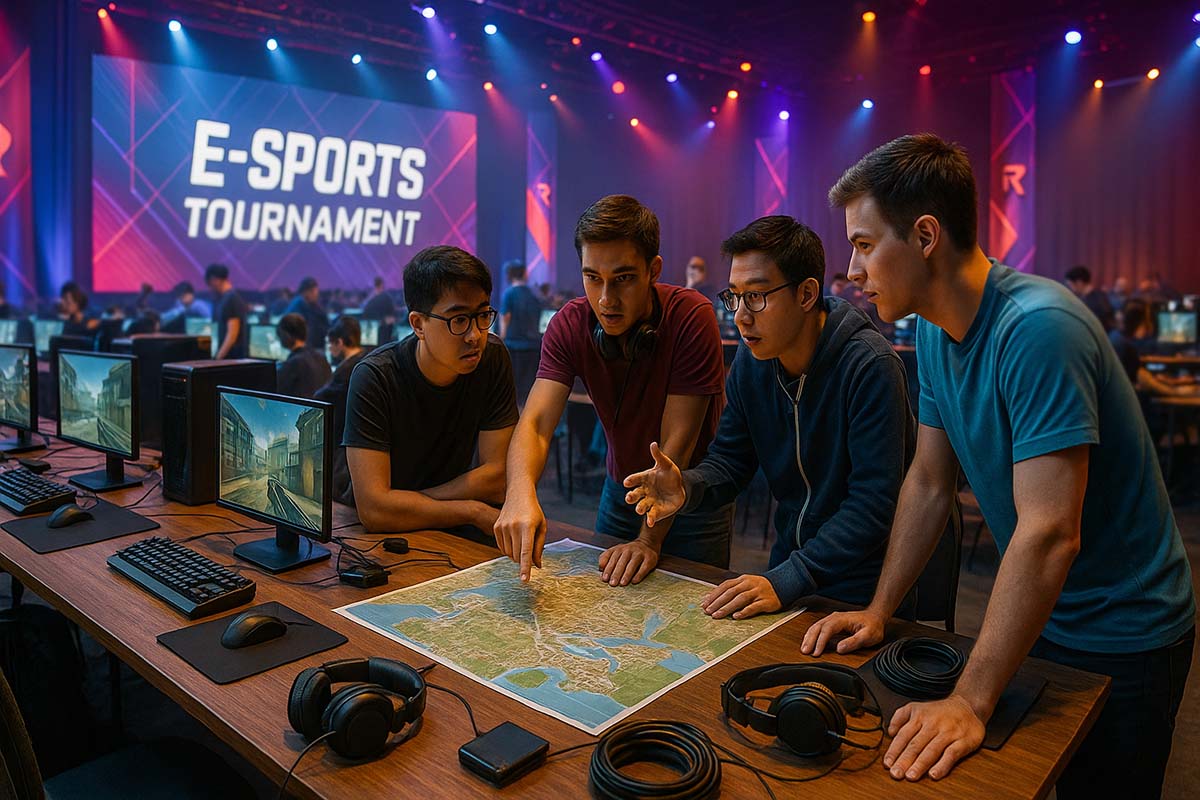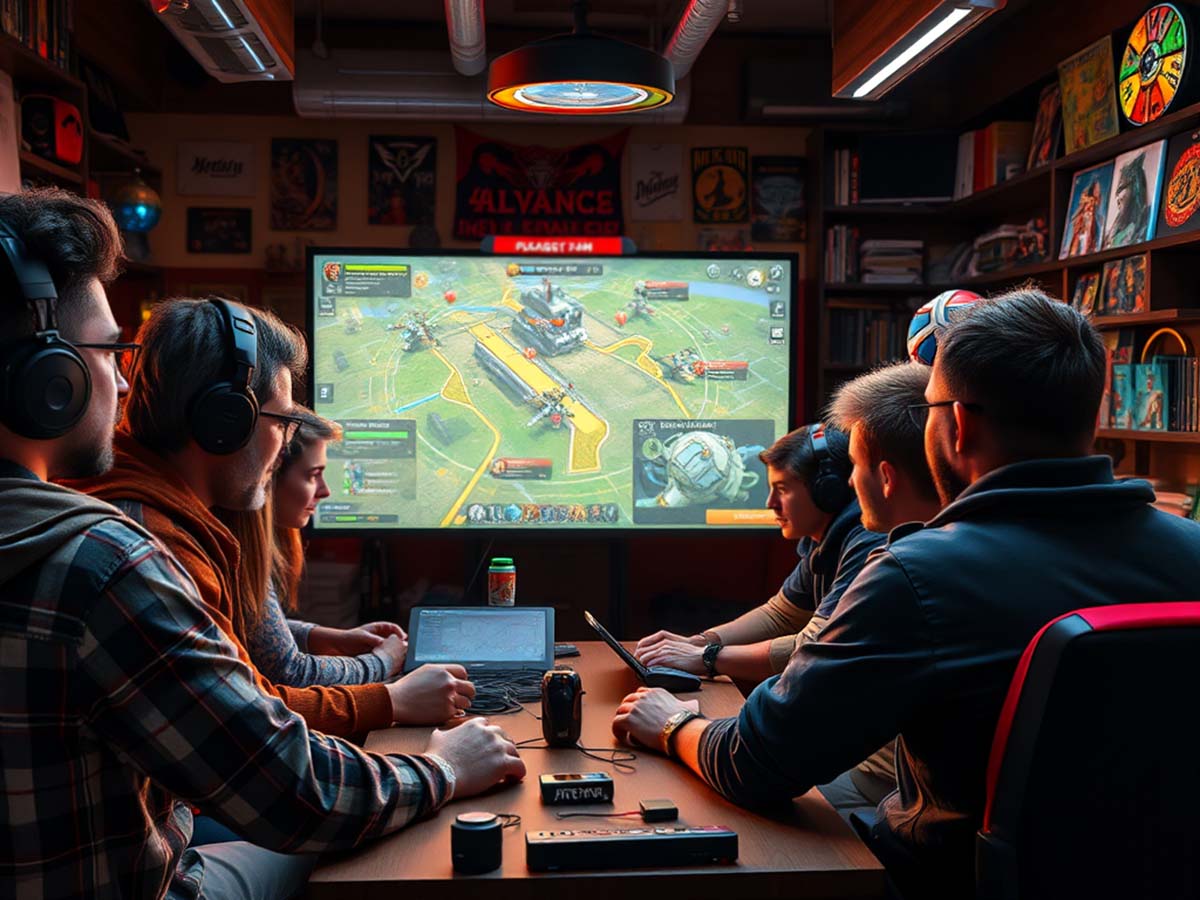Mapping Local Venues for Gaming Tournaments
Across the globe, the popularity of e-sports has opened new opportunities for players, organizers, and fans alike. But behind every successful tournament lies one quiet but critical element—venue mapping. Whether it’s a massive arena in Los Angeles or a tech-ready convention center in Singapore, having an accurate map of the event location helps ensure everything runs smoothly. For fans of Capcom Asia and the larger competitive gaming scene, this step isn’t optional—it’s foundational.
This article walks through how to choose the right location, which online mapping tools actually help, and how thoughtful planning can strengthen the global network of players and organizers alike.
- Breaks down why accurate venue mapping matters in local and international gaming events.
- Outlines what to look for in a venue, including internet speed, transportation, and on-site support.
- Shares practical tips on using online maps and real success stories from gaming communities worldwide.
Why Accurate Mapping Matters
When a team from Rio de Janeiro is preparing for their qualifiers, they can’t rely on a vague address. They need specific seating capacity, operating hours, and internet connection details. At the same time, tournament organizers in Tokyo planning a Street Fighter VI bracket count on pin-pointed coordinates to set up their broadcast gear with no delay.
Accurate venue maps serve two main purposes. First, they save time and lower the risk of logistical errors. Delivery services in places like Makati or Berlin work faster if they know exactly where the event entrance is. Second, they help players and spectators feel at ease. Visitors appreciate knowing about nearby parking, public transport, or food spots.
In the end, detailed location data isn’t just technical—it’s what helps tournaments run smoothly.
Key Factors When Choosing a Venue
Not every large room can serve as a proper e-sports venue. There are some must-check items to consider:
Internet Speed: Look for wired connections offering at least 500 Mbps to support lag-free live streaming.
Space and Layout: Ensure there’s enough room for players, audience, and equipment to move around comfortably.
Public Access: Nearby train or bus stops—and available parking—can affect attendance.
Security and Support: A responsive venue team and crowd control staff reduce stress during high-pressure matches.
Keeping these things in mind makes it easier to find a place that fits the needs of everyone involved.
Getting the Most Out of Online Map Tools
While opening a digital map is simple, using it effectively takes a bit more thought. One great practice is to create separate layers for different information—seating plans, LAN setups, and emergency exits. These layers can be switched on and off as needed, which helps when presenting to sponsors or teams.
Another useful feature is street-level imagery. Many organizers in Paris, for example, check user-submitted images on platforms like OpenStreetMap to confirm whether a tall van can fit in a loading area.
Also, share dynamic map links with your team via shared drives. If there’s a last-minute roadblock or power upgrade near the venue, everyone will see the update instantly. And don’t forget to assign contact persons to map markers. With just one click, the tech lead can message the venue manager—no matter the time zone. That kind of quick response can save thousands in lost streaming time if a sudden outage hits.
Real Stories from Gaming Communities Worldwide
In São Paulo, a small Tekken group started by renting function rooms for weekend games. As they began mapping cafés, schools, and coworking spaces with fast internet, they found places capable of hosting over 200 people. Within just three months, their online audience grew to 800.
A similar effort happened in Cologne, Germany. A local fighting-game group used a well-prepared venue map to convince the city council to let them join the annual Gamescom side events. They presented data on foot traffic and spending projections, eventually earning a spot in the main exhibition center. The following year, pre-registration tripled.
In Bangkok, a school located outside the city offered its sports hall for a Mobile Legends final. At first, teams hesitated due to the unfamiliar location. But once they saw a map overlay showing a new expressway and 24-hour bus routes, the decision became easier. Tickets sold out, and their stream hit five million views.
Challenges and How to Handle Them
Not all mapping efforts go smoothly. Sometimes, satellite images are outdated or floor plans are incomplete. Here are a few ways to get around these roadblocks:
Drone Photos: Partner with local drone enthusiasts to get updated aerial images. A 30-minute flyover can show where to set up generators and camera vans.
Power Checks: Don’t rely on a brochure alone. Double-check the venue’s electrical capacity using two unrelated sources to avoid brownouts.
Test the Stream Early: Run a trial stream weeks in advance. If the 1080p feed stutters, there’s still time to install another switch or rent mobile internet.
Language differences can also become a hurdle, especially when dealing with local governments in non-English speaking countries. To avoid issues, allow for a two-week buffer when reviewing contracts. A misinterpreted rental date nearly caused delays during a Capcom Asia Pro Tour qualifier in Seoul. Since then, they always include a bilingual reviewer before signing anything.
How Mapping Builds Stronger Communities
Beyond logistics, maps help people come together. When new players in Nairobi see a marker showing an arena downtown, they feel more confident about joining. When artists in Helsinki notice a booth listed on the map, they send fan art to be used as prizes. Little by little, a supportive ecosystem grows—from casual meetups to global stages.
In Melbourne, players once struggled to join Asian majors because of travel costs. But when a crowd-built map listed venues with rentable 144 Hz monitors, they secured sponsorships for three qualifiers in one year. Today, Japanese and Korean teams travel regularly to Australia. With enough local hardware and game copies, everyone saves on expenses.
Nairobi saw a similar change. A charity group discovered through an open-access map that upgrading a community center’s internet could support gaming tournaments. After the upgrade, the bracket grew, and a group of 10 players became 30. When one rises, others benefit too.
Common Pitfalls and Smart Solutions
Even with careful planning, surprises can pop up. To avoid confusion, consider these additional steps:
Use 3D views in mapping tools to assess ceiling height, which matters for hanging banners or setting up lighting rigs.
Include restrooms and snack areas in your public-facing maps. A detailed layout makes guests feel more comfortable.
Highlight disability access points—ramps, elevators, or nearby accessible parking spots. These small additions can make a big difference.
Some organizers also use QR codes on tickets that link directly to an updated venue map. It’s a simple move but can reduce inquiries and delays during check-in.
Bringing People Together Through Maps
Maps do more than guide people from point A to point B. They create bridges across continents, generations, and communities. When tournament planners take time to make location data clear, they make it easier for players, sponsors, artists, and fans to meet in one space—whether in person or online.
In Tokyo, a community group created a public map of retro arcades still open around the city. This inspired game historians to visit and document each one. In return, these venues gained more visitors and became new hotspots for side tournaments.
An accurate venue map might seem small, but its impact is wide. It helps teams plan better, reduces stress on event day, and invites new people to join the scene. From better logistics to unexpected partnerships, a well-mapped location opens doors—literally and figuratively.
The next time you’re preparing a bracket, don’t skip this step. Start with the map. That simple move could bring your community closer and make your event one to remember.



